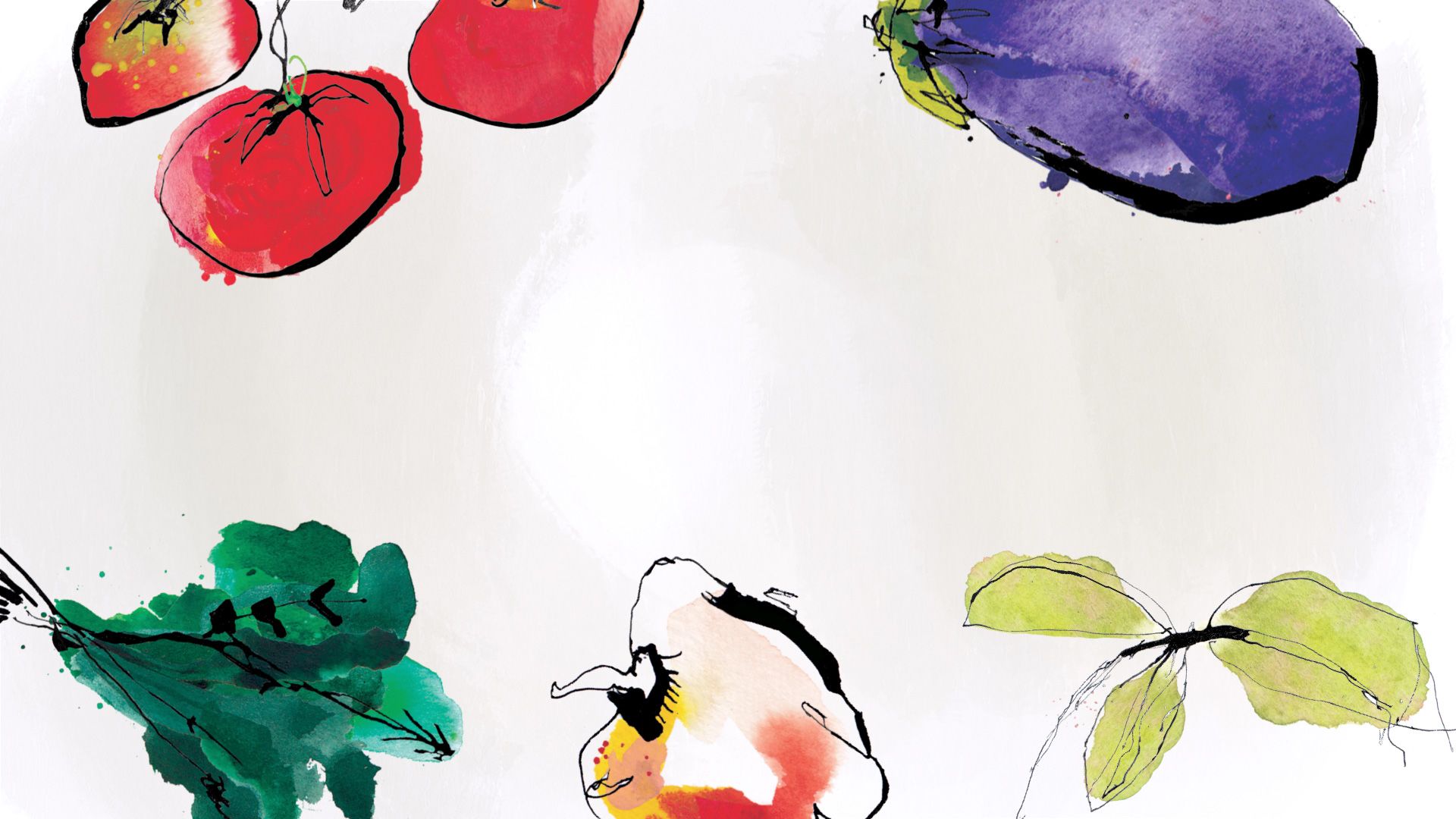Push back against PMS
Help balance your PMS hormone blips with these simple tips to soothe your symptoms.

Your sweet tooth is demanding a jam doughnut (right now!) and you just became teary over a love song.
Your skin has broken out, your breasts feel tender, your tummy is bloated, and you’re ready to snap at your favourite barista for taking too long.
Sound familiar? It must be ‘PMS time’ again…

PMS basics
If you’re a person who gets periods, chances are you’ve experienced PMS (premenstrual syndrome). Symptoms can vary widely but may include fluid retention, headaches, back pain, sleeping issues, fatigue, anxiety, depression, constipation or diarrhoea (or both)… the list goes on.
Though it’s not well understood, we do know that PMS is linked to hormonal changes that occur before your period. There appears to be complex interactions between hormones and certain chemicals in the brain that lead to symptoms.
So what can you do to handle these monthly hormone hiccups?
While there’s no magic bullet for PMS, the following nutrition tips and recipes may help take the edge off your symptoms.
1. Skip wine o’clock
“Alcohol has been linked to a higher chance of having PMS symptoms,” says Jean Hailes naturopath Sandra Villella. So if you’re always reaching for a drink after a stressful day, it could actually be adding to your stress load rather than relieving it.
If skipping wine o’clock altogether is too much of an ask, avoid pouring your chardonnay or shiraz into larger wine glasses or tumblers which hold a lot more than one standard serve of alcohol.
Out with friends? Drink spritzers (half wine, half mineral water) or choose low- or no-alcohol options.
“Lower alcohol spirits such as Campari, Aperol or – my favourite – Select, have the added benefit of ‘waking up’ the digestive system and improving digestion,” says Sandra. “But remember, these are aperitifs, so only drink one before the meal to benefit. Serve with soda and a slice of orange.”
And remember, often it’s not the alcohol that makes a drink enjoyable but the ritual involved. So put in the effort with non-alcoholic drinks or unwind at home with a herbal, chai or green tea in your favourite cup.
2. Protein: your PMS ally
Does PMS make you crave sugar or feel ravenous 24/7? Then protein is your PMS ally. “It helps keep blood sugar levels steady, so can reduce sugar cravings,” Sandra points out. It can also keep you feeling full for longer, so harness that protein power to reduce those PMS ‘snack attacks’.
“Protein also helps your body make important mood-boosting chemicals called neurotransmitters in your brain,” says Sandra. That’s a good reason to throw a wide range of protein options into your shopping trolley, such as eggs, lean chicken, fish, tinned sardines, yoghurt and legumes, including chickpeas, black beans and lentils.
Aim to eat a portion of protein that’s around the size of the palm of your hand at every meal (double this for plant protein).
For some protein-rich recipes, try this herb-crusted salmon loaf or chickpea and roast vegetable salad.
3. Keep calcium in mind
“Some research points towards calcium as being helpful for symptoms of PMS such as mood changes and fluid retention,” says Sandra. “So keep this important mineral in mind.”
Dairy foods are the ‘go to’ choices for most women, as milk, cheese and yoghurt are a quick and easy way to raise your daily calcium intake.
Lactose intolerant or vegan? Choose tinned sardines or salmon (with the bones in), calcium-fortified soy products, as well as almonds, dried figs and green vegies like broccoli and spinach. If you are worried about your calcium intake, discuss it with your health professional.
Take a tour of our calcium-rich recipes or find a sardine recipe that almost everyone will enjoy.
4. Balance your mood with magnesium
“Anecdotally, many women report that magnesium reduces mood swings and helps them feel calmer,” says Sandra.
Foods rich in magnesium include wholegrains (such as sourdough rye bread), nuts (especially Brazil nuts), seeds (particularly pepitas and linseeds) and green leafy vegetables (such as spinach).
“Many people love to claim that chocolate is a good source of magnesium, however it is actually the raw cacao that is a good source,” explains Sandra. So when that chocolate craving hits, look for raw cacao chocolate, products with higher cacao content (70-80%), or try this tasty chocolate slice for dessert.
5. Serve up some soy
Soy foods are packed with phytoestrogens (plant-based oestrogens). Phytoestrogens have a similar chemical structure to our own natural oestrogen. So when they are eaten, they can behave in similar ways.
“For women who suffer from menstrual headaches or migraines, consuming phytoestrogens in soy foods five to seven days before their period up until day 2-3 of their period, can offset the normal oestrogen drop that can trigger PMS,” Sandra explains. If you’re concerned about soy and breast cancer risk, we clear up the confusion on that topic here.
To help menstrual headaches, women need to consume 100g of tempeh or 200g of tofu or two thick slices of this tasty savoury phytoestrogen bread each day to reach the required dose.

Words by Stephanie Osfield. Illustrations by Tam Bower.
Published September 2022
This article is designed to be informative and educational. It is not intended to provide specific medical advice or replace advice from your medical practitioner.
Jean Hailes for Women’s Health gratefully acknowledges the support of the Australian Government.
© Jean Hailes for Women’s Health 2022
